- About us
- Support the Gallery
- Venue hire
- Publications
- Research library
- Organisation chart
- Employment
- Contact us
- Make a booking
- Onsite programs
- Online programs
- School visit information
- Learning resources
- Little Darlings
- Professional learning
The 1868 Aboriginal cricket team was the first Australian sporting team to tour internationally. Its members – including Unaarrimin, or Johnny Mullagh (1841–1891), Johnny Cuzens (d. 1871), Murrumgunarriman, or Twopenny (c. 1845–1883) and Jungunjinanuke, or Dick-a-Dick (d. 1870) – had learnt cricket while working as stockmen in western Victoria. In late 1866 cricketer Tom Wills (1835–1880) was employed to prepare them for an exhibition match at the Melbourne Cricket Ground. Wills was replaced as captain-coach in 1867 and Charles Lawrence (1828–1916), a Sydney publican and professional cricketer, found financial backing to take the side to England. They arrived in London in May 1868 and played for a crowd of 20,000 at The Oval before leaving on a six-month tour that typically saw them contest two or three matches a week, their cricketing performances interspersed with displays of spear and boomerang-throwing. The team won fourteen and drew nineteen of the 47 games they played in England. On return, they disbanded.
Patrick Dawson learnt photography while working as a surveyor in Victoria in the 1850s. By 1866 he had studios in Hamilton and Warrnambool and won a medal for the portraits he exhibited in the Melbourne Intercolonial Exhibition that year. Dawson photographed the cricketers individually in his Warrnambool studio and issued the sixteen portraits in this composite picture.
Purchased with funds provided by L Gordon Darling AC CMG 2009
Johnny Mullagh (age 26 in 1867)
Johnny Cuzens (age 22 in 1867)
Charles Lawrence Esq (age 39 in 1867)
L Gordon Darling AC CMG (38 portraits supported)



On one level The Companion talks about the most famous and frontline Australians, but on another it tells us about ourselves.
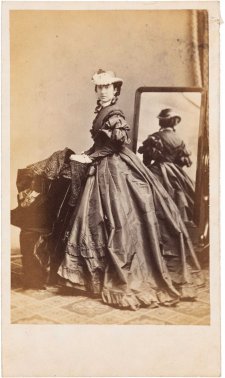
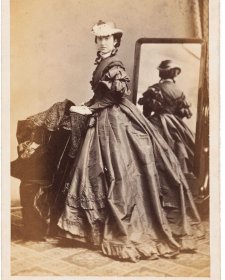
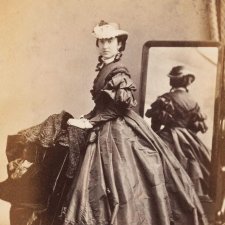
Drawn from the NPG’s burgeoning collection of cartes de visite, Carte-o-mania! celebrates the wit, style and substance of the pocket-sized portraits that were taken and collected like crazy in post-goldrush Australia.
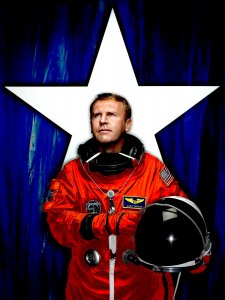
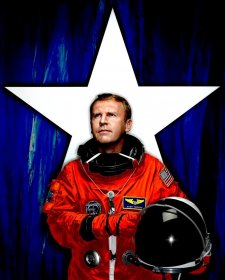
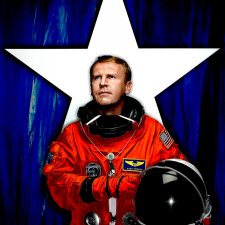
This exhibition showcases portraits acquired through the generosity of the National Portrait Gallery’s Founding Patrons, L Gordon Darling AC CMG and Marilyn Darling AC.